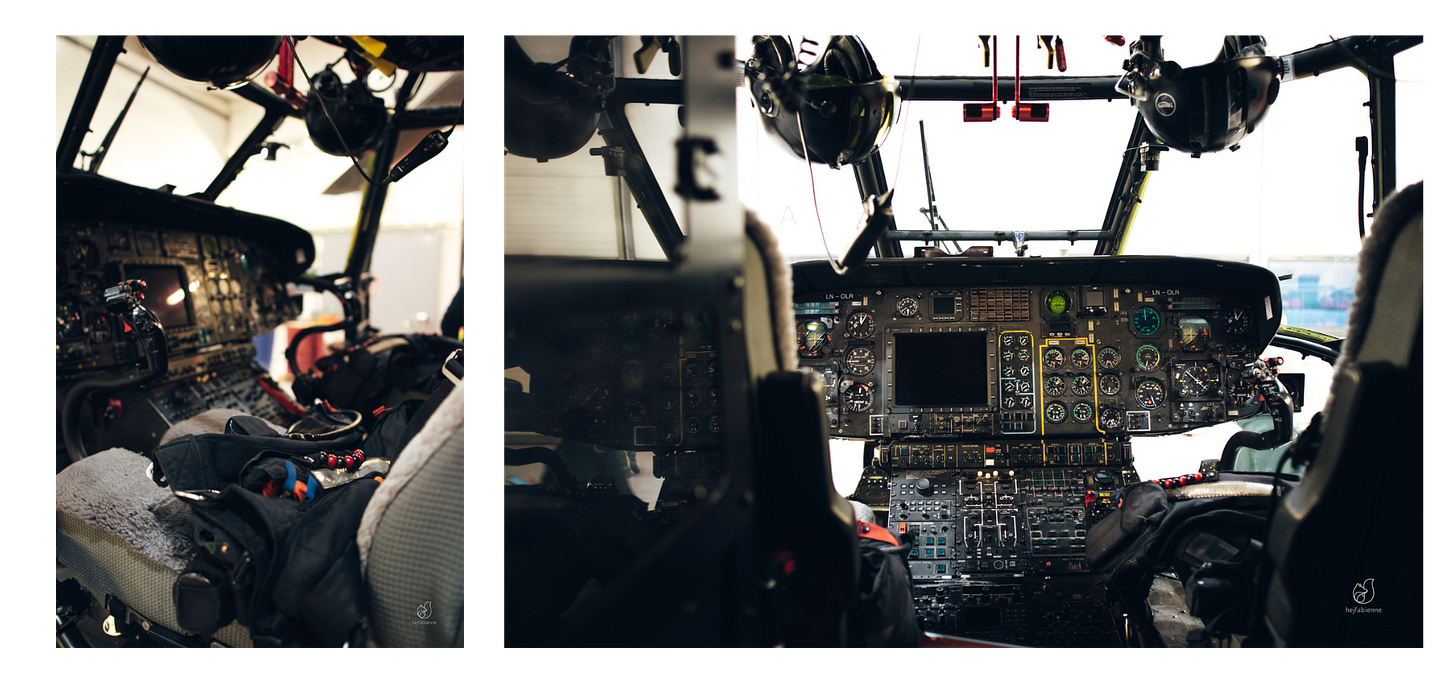Hej, hej,
I have no clue where this week went. And there is honestly no point in telling what I did each day since … the days/nights just mix together into a more or less dark and ice-cold cocktail. A blue cocktail with all the shades that blue has – until there is just pitch-black darkness.
Luckily, we had an amazing moon this week. I realised that this was my last full moon up here – and we could see it all day around. It is hard to believe that it is the same moon that I will see again in a bit more than 2 weeks from Germany – but then quite often hidden behind buildings, trees, etc.
My daily highlight on my way to or back from university (and some walks, yes, I still got some walks in) where the Svalbard reindeer that come into town now for feeding. They are the cutest! And they are simply the most chilled animals ever. You can get very close to them before they very slowly walk in another direction. If one could just cuddle with them. But well, have to get my cuddles in at Huskies’ Café!
In university, we are currently working on a group project report for assessing technological risks, challenges and human performance factors for a possible search and rescue drone station on Svalbard. We had the idea to link it to the already present helicopter station up here. Which reminded me that I never shared this visit with you!
During my last course, the AS-303 Emergency Preparedness and Response in the Arctic, we went to visit the search and rescue helicopter base.
Helicopters comprise one of the main means of fast access to remote areas. On Svalbard and across the Arctic in general, rescue operations must often be carried out in harsh weather conditions and challenging terrain. Therefore, we got the chance to see and learn more about the CHC AS helicopter base at the Longyearbyen airport.
The heliport hosts two Eurocopter Super Puma AWSAR. And let me tell you – they look impressive once you get to see them close on the ground and not only flying across Longyearbyen. We already learned during our trip with M/S Polarsyssel that its helipad is not built to host Super Pumas! But I was not prepared for them to be this huge. The Super Pumas have a hover function that will still allow them to e.g. take up fuel from a support vessel like M/S Polarsyssel. This is especially important for maritime operations far off the coast.
And the interior is just mind-blowing. I think I never saw this many control buttons and switches!
These helicopters are purpose-built to fly in extreme conditions and long distances. De-icing equipment and night flying equipment enable them to cope with challenging weather and the absence of daylight. Though this will still have its limitations – which is why you should always be prepared for a prolonged time during which you will have to cope with self-rescue and survival up here.
The helicopter centre also has fuel stored all over the Svalbard coast to increase reach. This fuel is checked and replaced yearly on the annual round trip of M/S Polarsyssel.
We also learned that in addition to a thermal camera for searching for humans, the base will soon receive a device for detecting mobile phone signals. So even if you are out of network reach, keep your phone on! The equipment available at the heliport is stunning. The interior of the helicopters can be adapted quickly for each mission. The two hangars have heartened floors to serve as an evacuation and mass-injury centre.
There is also a dog crate in the equipment. Why? Whenever you are in a rescue situation and have dogs with you, TELL THE search and rescue staff. Dogs cannot go on a helicopter without proper protection. If they get scared, they can cause serious trouble inside the helicopter. Also, uncontrolled peeing or puking can harm sensitive electronics. There were cases where dogs had to be left behind because there was no way of transporting them ☹
There are two crews of five people, each operating and maintaining one of the two Super Pumas. There is a permanent emergency doctor located at the base. This doctor also is used to increase capacity at the Longyearbyen hospital if a situation requires this. When not out on a mission (which happens around 80 times per year), the crews take care of the helicopters and equipment and have daily training. Right now, they train for low visibility during the upcoming winter, which is why you see them more often these days. The pilots also need to be skilled in dealing with the different kinds of wind phenomena that occur along the steep mountainsides and valleys - and can put a helicopter in serious danger.
I am super grateful that we got the chance to visit the heliport! Whereas in Germany, we associate helicopters mainly with emergency transport and the police, they are a common vehicle up here - not only for search and rescue but also for constructions, surveillance and fast - but also expensive - transport. Remember the satellite ground station that I wrote about last week? If the road is inaccessible, staff is sometimes transported via helicopter!
Stay warm and cosy!
/ Fabi ❆⇞











